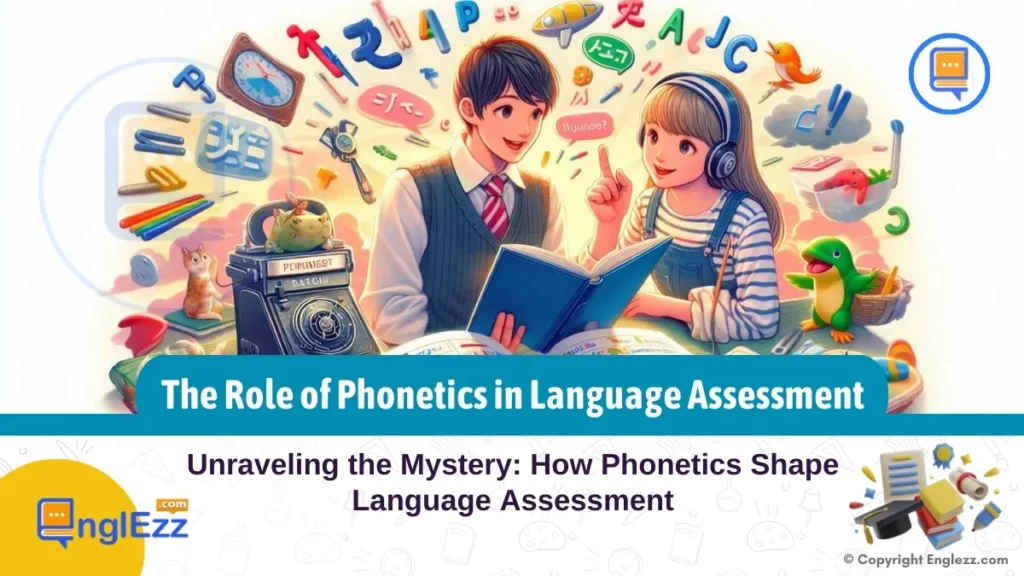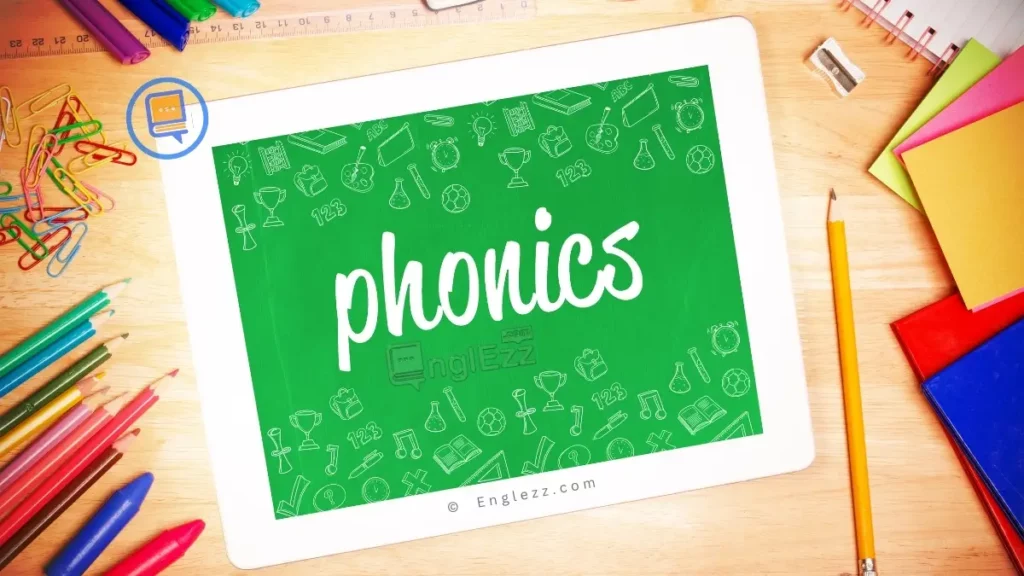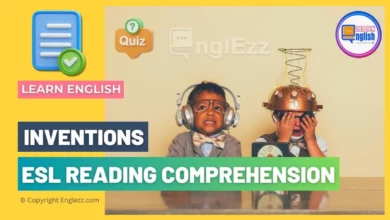Embracing the intricate melodies and subtle harmonies that dance through language, we are swept into a realm where words echo far beyond their surface meanings. Welcome to the enigmatic world of phonetics, where every sound is a brushstroke painting the canvas of linguistic expression. As we embark on a journey to unravel the mystery of how phonetics shape language assessment, we find ourselves at the intersection of art and science, where pronunciation becomes a window into the soul of communication.
Table of Contents
- Beyond Words: The Role of Phonetics in Language Assessment
- Understanding Phonetics in Language Assessment
- The Art of Accurate Pronunciation Evaluation
- Innovative Approaches to Language Testing Through Phonetics
- Challenges and Opportunities in Phonetically-Based Assessments
- Enhancing Language Learning Through Phonetically-Aware Assessments
- Embracing a Phonetic Lens in Language Assessment
- Frequently Asked Questions on The Role of Phonetics in Language Assessment:
- Q: Why is phonetics important in language assessment?
- Q: How can educators incorporate phonetically-informed assessments effectively?
- Q: What are some common challenges faced in accurately assessing pronunciation?
- Q: In what ways does technology contribute to enhancing phonetic evaluation in assessments?
- Q: How does mastering phonetics lead to improved linguistic fluency?
Beyond Words: The Role of Phonetics in Language Assessment
In this exploration, understanding the significance of phonetics in evaluating language skills unveils a tapestry of insights that transcend mere words. Just as a musician crafts symphonies from individual notes, evaluating language proficiency requires an appreciation for the nuances and cadences that make each utterance unique.

Delving deep into the realm of phonetics opens doorways to a deeper comprehension of communication patterns, highlighting how mastering the subtleties of sounds can pave the way for more accurate assessments. Join us as we peel back layers of meaning and delve into the heart of language evaluation through a phonetic lens that reveals worlds within words.
Understanding Phonetics in Language Assessment
Phonetics, the study of speech sounds and their production, plays a pivotal role in language assessment by providing valuable insights into an individual’s linguistic capabilities. In evaluating language skills, phonetics acts as a crucial tool to measure pronunciation accuracy, intonation patterns, and overall speaking abilities. For instance, consider how subtle differences in vowel sounds can alter the meaning of words in languages like Spanish or Mandarin. By understanding these phonetic nuances, assessors can more accurately gauge a speaker’s proficiency level.
Furthermore, phonetics significantly influences speaking and pronunciation assessments by guiding educators and evaluators on proper articulation and sound production. When assessing pronunciation, phonetic knowledge allows for detailed analysis of consonant clusters or diphthongs that may pose challenges for language learners. For example, in English assessments, knowing the phonetic rules governing the placement of stress in multi-syllable words helps tutors pinpoint areas where students may struggle.
Embrace technological tools that offer detailed phonetic analysis to assess pronunciation accurately. For example, using spectrograms or speech recognition software can provide educators with valuable insights into students’ articulation and intonation patterns, enabling targeted feedback for improvement.
Moreover, when it comes to assessing listening comprehension abilities, phonetics serves as a fundamental component in deciphering spoken language input. The ability to discern different speech sounds becomes essential for test-takers to comprehend verbal instructions accurately or follow conversations fluently. By recognizing phonetic patterns unique to various languages or dialects, learners can improve their listening skills and better understand native speakers’ accents and speech rhythms across diverse contexts.
Ultimately, integrating phonetic principles into language assessment practices enhances the precision and validity of evaluations while fostering a deeper appreciation for the intricate mechanics of oral communication.
The Art of Accurate Pronunciation Evaluation
It is a critical aspect of language assessment, yet it presents various challenges. One common hurdle is the subjective nature of evaluating pronunciation, as different assessors may interpret accents or speech patterns differently. For example, in English language exams, the distinction between similar sounds like “th” and “s” can be challenging for non-native speakers to master, making it difficult for instructors to gauge pronunciation accuracy consistently. Additionally, regional variations in pronunciation further complicate assessment efforts, requiring evaluators to have a deep understanding of phonetic nuances.
To overcome these challenges, leveraging phonetic tools can significantly enhance the precision of pronunciation assessment. Tools like spectrograms and waveform displays allow educators to visually analyze speech sounds, identifying specific areas where learners may struggle with pronunciation. By incorporating these tools into assessment processes, educators can provide detailed feedback to students on their pronunciation accuracy, thus facilitating targeted improvement strategies tailored to individual needs.

The benefits of incorporating phonetic analysis extend beyond pinpointing pronunciation errors; they also play a crucial role in enhancing overall language proficiency tests. For instance, by including phonetically-based questions that require students to differentiate between minimal pairs – words that differ by only one sound – language assessments can accurately measure a learner’s ability to distinguish subtle sound contrasts.
This not only evaluates their linguistic acuity but also sheds light on their aptitude for recognizing distinct phonetic features – a fundamental skill in achieving fluency in any language. Consequently, integrating phonetic analysis ensures that language proficiency tests holistically assess learners’ communication capabilities with a nuanced focus on pronunciation precision.
Innovative Approaches to Language Testing Through Phonetics
In today’s ever-evolving educational landscape, innovative approaches to language testing through phonetics have emerged as powerful tools for evaluating students’ linguistic proficiency. By integrating phonetics into language testing processes, educators can gain deeper insights into students’ pronunciation accuracy and auditory comprehension skills.
One cutting-edge method involves utilizing speech recognition technology to analyze spoken language patterns, providing detailed feedback on pronunciation nuances that traditional assessments might miss. This technology-driven solution not only enhances the accuracy of phonetic evaluation but also offers personalized learning paths tailored to individual learners.
Moreover, advancements in artificial intelligence have paved the way for revolutionary approaches in phonetic evaluation. AI-powered systems can assess spoken language samples with remarkable precision, detecting subtle variations in intonation and articulation that contribute to overall fluency. By incorporating these technological solutions into language exams, educators can offer a more comprehensive assessment of students’ speaking abilities, leading to more targeted instructional strategies and meaningful feedback loops. These innovations not only streamline the evaluation process but also empower learners to refine their pronunciation skills with immediate and actionable insights.
Instead of isolating phonetic evaluation to pronunciation assessments only, consider integrating phonetic principles across all language skills evaluations. By emphasizing the importance of phonetics in listening comprehension tasks or written assignments, learners can develop a holistic understanding of how sounds shape linguistic meaning.
One exemplary case of successful implementation of innovative phonetic approaches is evident in computer-adaptive testing platforms that leverage phonetic analysis algorithms. These platforms dynamically adjust the difficulty levels of test items based on individual performance, offering a customized assessment experience that optimizes learning outcomes.
By harnessing the power of machine learning algorithms to analyze phonetic features in real time, these platforms provide rich data on pronunciation accuracy and fluency rates. As a result, both educators and learners benefit from a more nuanced understanding of linguistic strengths and areas for improvement, ultimately enhancing the effectiveness of language assessments in fostering communicative competence.
Challenges and Opportunities in Phonetically-Based Assessments
Implementing phonetically-based assessments can present both challenges and exciting opportunities in language evaluation. Common hurdles include the subjectivity of human judgment when evaluating pronunciation, leading to inconsistencies in grading. To overcome this challenge, incorporating automated tools that analyze speech patterns can provide objective insights into pronunciation accuracy. For instance, AI-driven software like Pronunciator monitors intonation, stress, and vowel sounds, offering a standardized approach to phonetic assessment.
Strategies for navigating challenges linked to phonetic assessments involve training assessors extensively on phonetics principles to ensure consistency in grading standards. Workshops on distinguishing between phonemes or conducting mock pronunciation assessments can sharpen evaluators’ skills. Additionally, creating detailed rubrics that outline specific criteria for assessing pronunciation can enhance objectivity during evaluations. By establishing clear guidelines, educators and assessors can mitigate discrepancies in interpreting accent variations during language tests.
Leveraging audio technology offers promising opportunities for enhancing accuracy in language assessment. For example, utilizing speech recognition software not only provides instant feedback on correct pronunciations but also enables tracking progress over time. Platforms like SoundCheck offer interactive exercises where learners speak into their devices to receive real-time feedback on their pronunciation accuracy. Integrating audio technology with traditional written exams empowers educators to evaluate linguistic skills comprehensively—beyond just vocabulary and grammar—to capture nuances in speaking abilities effectively.
Embracing these strategies and technologies transforms the landscape of language assessment by addressing inherent challenges while opening doors to innovative evaluation methods that prioritize precision and objectivity. As educators and linguists continue advancing phonetically-informed assessments through evolving technologies, the future of language evaluation holds tremendous potential for enhancing learning outcomes and fostering linguistic fluency.
Enhancing Language Learning Through Phonetically-Aware Assessments
In the realm of language learning, embracing a phonetically-aware approach can significantly enhance overall language acquisition and proficiency. Understanding phonetics empowers learners to grasp the nuances of pronunciation, intonation, and sound patterns crucial for effective communication. By incorporating phonetically-informed assessments into teaching methodologies, educators can tailor their lessons to address individual students’ pronunciation challenges more effectively. For instance, utilizing tools like spectrograms to visualize speech sounds can help learners identify and correct specific pronunciation errors with precision.
Educators looking to integrate phonetics into their teaching practices can start by incorporating phonetic exercises that focus on distinguishing between similar sounds in a target language. By training students’ ears to differentiate subtle phonetic variations, educators can bolster their linguistic skills and improve overall fluency. Additionally, providing feedback based on phonetic analysis allows learners to understand how small adjustments in pronunciation can lead to clearer and more accurate communication.
The link between mastering phonetics and achieving linguistic fluency is undeniable. When learners develop a keen awareness of phonetic structures within a language, they not only enhance their speaking and listening abilities but also improve their overall language comprehension. For example, understanding the distinctive vowel sounds in English or recognizing tonal distinctions in Mandarin can greatly impact one’s ability to communicate effectively. By emphasizing the importance of clear articulation and accurate pronunciation through phonetically-aware assessments, educators set their students on a path towards linguistic excellence.
Encourage regular pronunciation practice sessions where students can focus on specific phonetic challenges. Utilize resources like tongue twisters, minimal pairs exercises, or interactive online platforms that offer tailored pronunciation drills to promote an ear for nuanced sound distinctions and foster confident speaking abilities.
Ultimately, embracing a phonetically-aware approach to language learning fosters deeper engagement with spoken language elements, paving the way for enhanced communicative competence. Educators who prioritize phonetics in their teaching practices create an environment where students are encouraged to refine their pronunciation skills actively. By cultivating this phonetic awareness early on in language learning journeys, individuals gain a solid foundation upon which to build advanced linguistic proficiencies over time.
Embracing a Phonetic Lens in Language Assessment
Embracing a phonetic lens in language assessment opens up a realm of possibilities for more accurate and nuanced evaluations. By understanding the intricate relationship between phonetics and language proficiency, educators and linguists can elevate their assessment practices to foster better language learning outcomes. Phonetics serves as the bridge that connects pronunciation accuracy, listening comprehension skills, and overall linguistic fluency. It unravels the mystery behind how sounds form words, enabling a deeper understanding of spoken language.
By incorporating phonetically-aware assessments into language teaching methodologies, educators equip learners with the tools to master pronunciation, enhance listening skills, and ultimately improve oral communication. For instance, using spectrographic analysis tools can provide visual feedback on speech patterns, aiding both teachers and students in pinpointing areas for improvement. This integration of technology with phonetic principles not only modernizes assessment techniques but also personalizes the learning experience by offering tailored feedback.

Moreover, embracing a phonetic lens in language assessment paves the way for innovative approaches that leverage audio technology and interactive platforms to create engaging evaluation methods. Imagine virtual pronunciation labs where learners can practice speaking exercises while receiving instant feedback on their pronunciation accuracy through automated systems guided by phonetic algorithms. Such advancements revolutionize traditional language testing paradigms and empower learners to actively engage with phonetics in real-time scenarios.
In essence, by recognizing the pivotal role of phonetics in shaping language assessment practices, we bridge the gap between theoretical knowledge and practical application in language learning environments. Embracing this phonetic lens not only enhances assessment accuracy but also enriches the educational journey of individuals striving to become proficient in a second language. As we navigate through these evolving landscapes of linguistic evaluation, one thing remains clear: sound truly matters when it comes to assessing language skills comprehensively.
Frequently Asked Questions on The Role of Phonetics in Language Assessment:
Q: Why is phonetics important in language assessment?
A: Phonetics allows for precise evaluation of speaking and pronunciation abilities, offering insights into an individual’s linguistic proficiency beyond vocabulary knowledge.
Q: How can educators incorporate phonetically-informed assessments effectively?
A: Educators can integrate phonetic tools and exercises to enhance students’ pronunciation skills and foster greater awareness of speech patterns.
Q: What are some common challenges faced in accurately assessing pronunciation?
A: Challenges include variations in dialects, accents, and contextual influences on speech sounds that impact accurate pronunciation evaluation.
Q: In what ways does technology contribute to enhancing phonetic evaluation in assessments?
A: Technology-driven solutions such as speech recognition software enable more sophisticated phonetic analysis, providing valuable feedback for learners.
Q: How does mastering phonetics lead to improved linguistic fluency?
A: Proficiency in phonetics enhances overall language comprehension and production by refining speaking skills, listening accuracy, and sound discrimination abilities.








